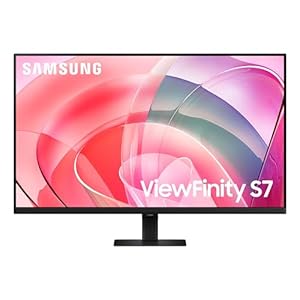The largest reveal at Meta’s Join occasion was its long-promised AR glasses, Orion. As anticipated, the prototype, every of which reportedly prices round $10,000, received’t be prepared for the general public any time quickly.
Within the meantime, Meta provided a glimpse of its new holographic avatars, which is able to permit individuals to speak with lifelike holograms in augmented actuality. The holograms are Meta’s Codec Avatars, a know-how it’s been engaged on for a number of years. Mark Zuckerberg teased a version of this final 12 months when he participated in a podcast interview “within the metaverse.”
That know-how could now be nearer than we predict. Following the keynote at Join, I sat down with Mark Rabkin, a VP at Meta main Horizon OS and Quest, who shared extra about Meta’s codec avatars and the way they may someday come to the corporate’s VR headsets as effectively.
“Usually, just about all the pieces you are able to do on Orion you are able to do on Quest,” Rabkin mentioned. The Codec Avatars particularly have additionally gotten a lot simpler to create. Whereas they as soon as required superior digital camera scans, a lot of the inner avatars are actually created with cellphone scans, Rabkin explains.
“It’s an nearly similar course of in some ways in producing the stylized avatars [for VR], however with a distinct coaching set and a distinct quantity of computation required,” Rabkin defined. “For the stylized avatars, the mannequin needs to be educated on loads of stylized avatars and the way they give the impression of being and the way they transfer. [It has to] get loads of coaching knowledge on what individuals understand to seem like their image, and what they understand to maneuver properly.”
“For the Codec avatars … it is the identical course of. You collect an incredible quantity of information. You collect knowledge from very high-quality, fancy digital camera scans. You collect knowledge from cellphone scans, as a result of that is how individuals shall be actually creating, and also you simply construct a mannequin till it improves. And one of many challenges with each issues is to make it quick sufficient and computationally low cost sufficient in order that tens of millions and tens of millions can use it.”
Rabkin mentioned that he finally expects these avatars to have the ability to play in digital actuality on the corporate’s headsets. Proper now, the Quest 3 and 3S don’t have the mandatory sensors, together with eye monitoring, obligatory for the photorealistic avatars. However that might change for the next-generation VR headset, he mentioned: “I feel in all probability, if we do rather well, it ought to be doable within the subsequent era [of headset].”
Trending Merchandise

SAMSUNG FT45 Sequence 24-Inch FHD 1080p Laptop Monitor, 75Hz, IPS Panel, HDMI, DisplayPort, USB Hub, Peak Adjustable Stand, 3 Yr WRNTY (LF24T454FQNXGO),Black

KEDIERS ATX PC Case,6 PWM ARGB Fans Pre-Installed,360MM RAD Support,Gaming 270° Full View Tempered Glass Mid Tower Pure White ATX Computer Case,C690

ASUS RT-AX88U PRO AX6000 Dual Band WiFi 6 Router, WPA3, Parental Control, Adaptive QoS, Port Forwarding, WAN aggregation, lifetime internet security and AiMesh support, Dual 2.5G Port

Wireless Keyboard and Mouse Combo, MARVO 2.4G Ergonomic Wireless Computer Keyboard with Phone Tablet Holder, Silent Mouse with 6 Button, Compatible with MacBook, Windows (Black)

Acer KB272 EBI 27″ IPS Full HD (1920 x 1080) Zero-Frame Gaming Office Monitor | AMD FreeSync Technology | Up to 100Hz Refresh | 1ms (VRB) | Low Blue Light | Tilt | HDMI & VGA Ports,Black

Lenovo Ideapad Laptop Touchscreen 15.6″ FHD, Intel Core i3-1215U 6-Core, 24GB RAM, 1TB SSD, Webcam, Bluetooth, Wi-Fi6, SD Card Reader, Windows 11, Grey, GM Accessories

Acer SH242Y Ebmihx 23.8″ FHD 1920×1080 Home Office Ultra-Thin IPS Computer Monitor AMD FreeSync 100Hz Zero Frame Height/Swivel/Tilt Adjustable Stand Built-in Speakers HDMI 1.4 & VGA Port








